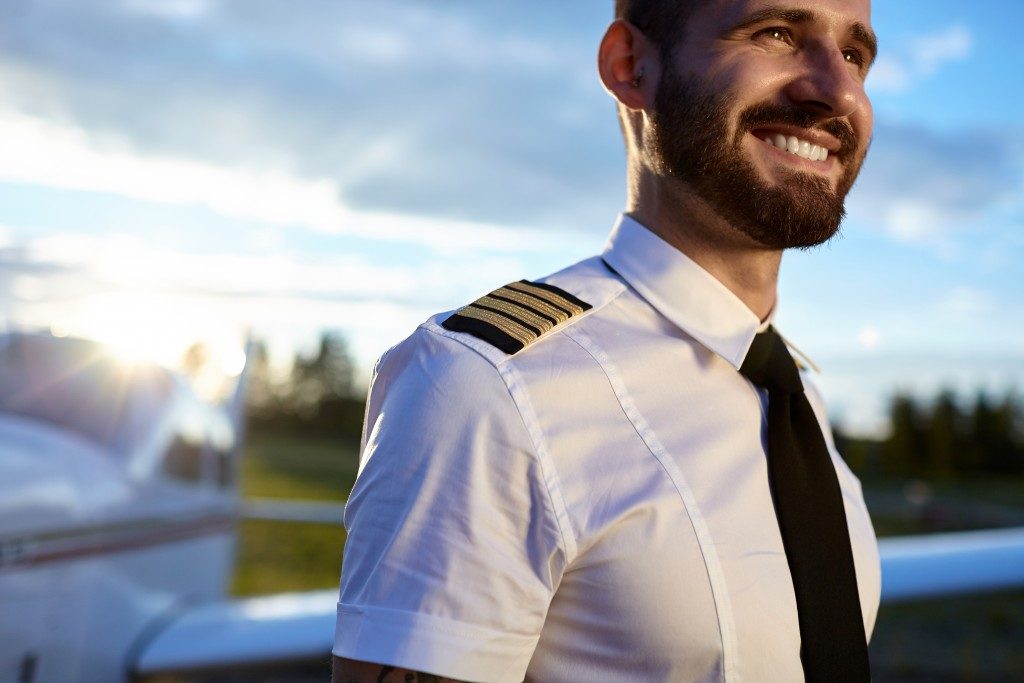You don’t have to be Tom Cruise’s character Maverick in “Top Gun” to fly a plane or know how to engineer an aircraft. Yes, wearing that uniform looks cool and super interesting. But in hindsight, those working in aeronautics, such as aeronautical engineers, pilots, technicians, and air traffic controllers, spent many hours in school, libraries, and airport hangs to learn, research, and train.
Get the Right Education
One of the many things that aeronautical engineers, pilots, and technicians have to hone is their skills in mathematics, physics, and even inertial navigation system (INS) simulation. They need a good grasp of mathematics and physics as early as their high school years. If you are aiming to become a pilot or an aeronautical engineer in the future, take classes in physics, chemistry, trigonometry, calculus, algebra, and advanced mathematics in high school. This will give you the necessary skills you need once you’re in a flight school.
Before applying to a college or university, make sure it is ABET-accredited. ABET stands for Accreditation Board for Engineering and Technology. Many employers still won’t hire graduates from colleges that are not ABET-accredited.
You might also want to get a master’s degree or doctorate in the field that you want to get into. This will add three to four more years, but it’s worth it if you want to advance your career.
Apply for an Internship
Before graduating, apply for an internship in the company you want to work with in the future. This will give you real-world work experience. The programs will often pair you with aerospace engineers and mechanics, so you can have a feel of the working environment in the company. Do your best during your internship program. It is your chance to show off your skills and persistence in learning about the industry.
Join Professional Societies and Organizations

Join societies and organizations related to your profession. Some of these are the SAE International, the American Institute of Aeronautics and Astronautics (AIAA), and the Sigma Gamma Tau: National Aerospace Engineering Honor Society. You can attend industry events and learn about the latest developments in aeronautical technology. AIAA charges only about $25 membership fee for students, while SAE will cost you about $95 to $285.
Find a Mentor
If you want to learn more about the industry, find a professional who can be your mentor. If you have a professor or supervisor from your apprenticeship who you want to guide you in building connections in aeronautics, ask kindly if they can be your mentor. Some organizations such as AIAA also have the Architecture, Construction, and Engineering (ACE) Mentor Program of America. The program pairs you with a professional in the industry who can be your mentor.
Pass the Licensure Exam
To be qualified for better positions in aerospace and aeronautics industry, you need to be a licensed engineer, technician, or pilot. This will give you a better chance of entering a reputable company or even a federal agency.
Getting into the aeronautics industry is tough and challenging. These tips are designed to help you get the most of your early academic years to position yourself as the best candidate for a job in aeronautics. If you work hard enough and keep your eyes on the prize, you should find yourself in the aeronautics industry in no time.

